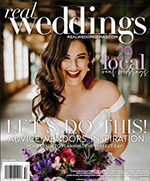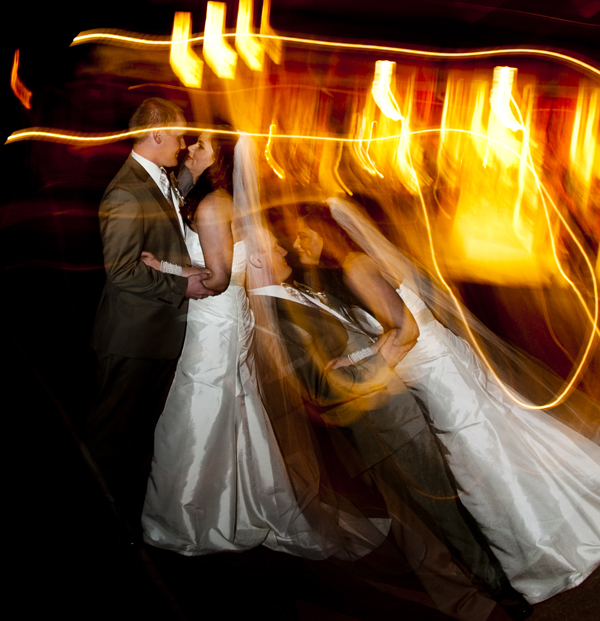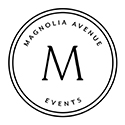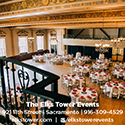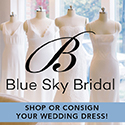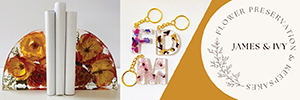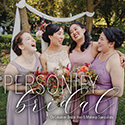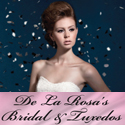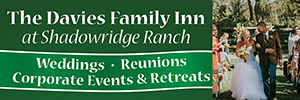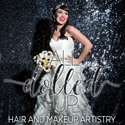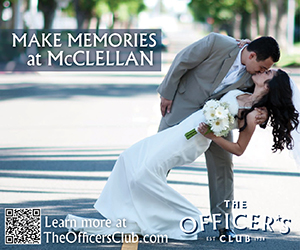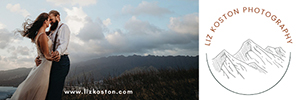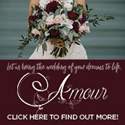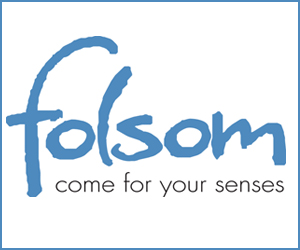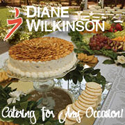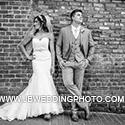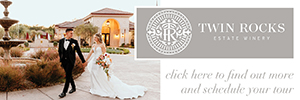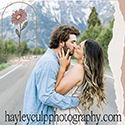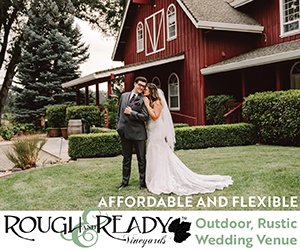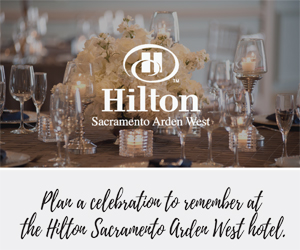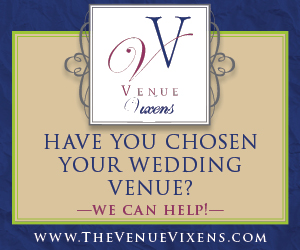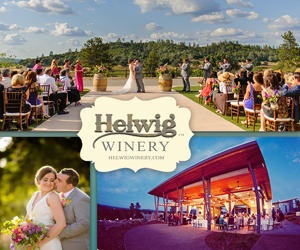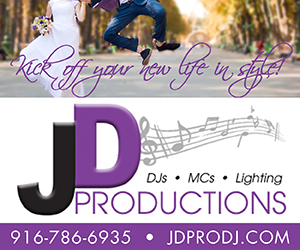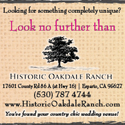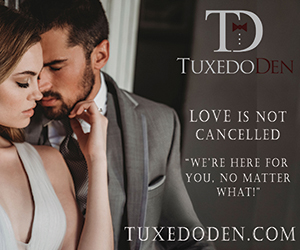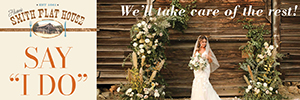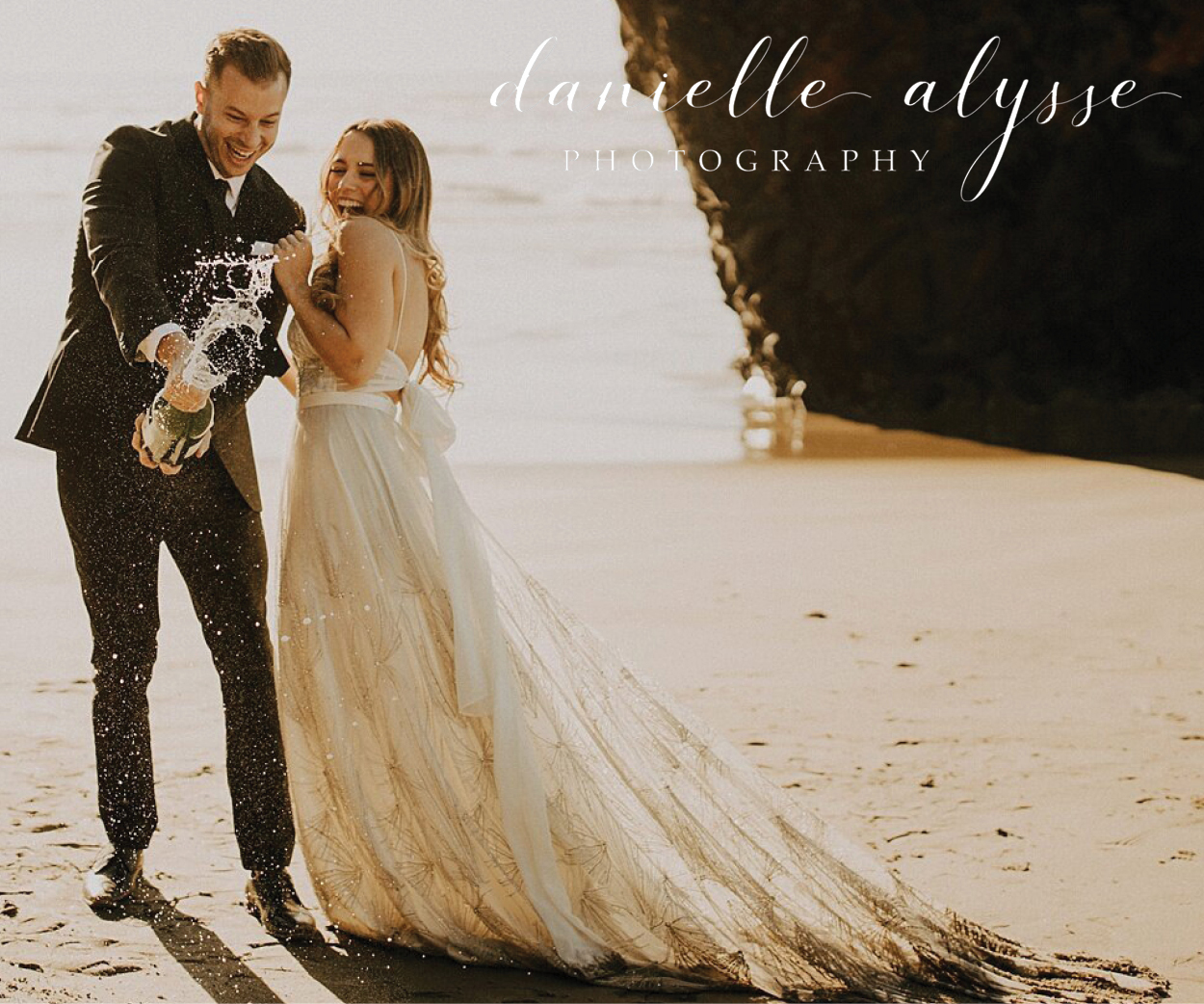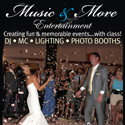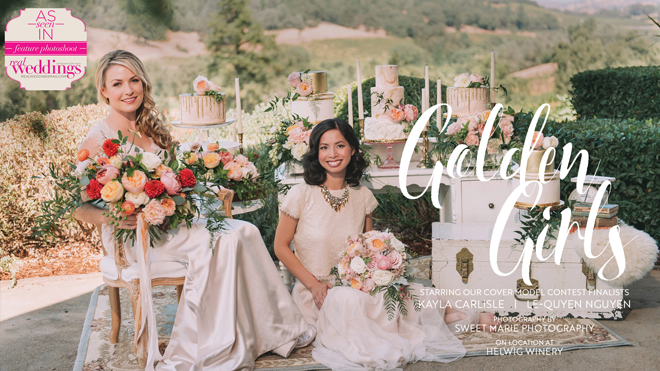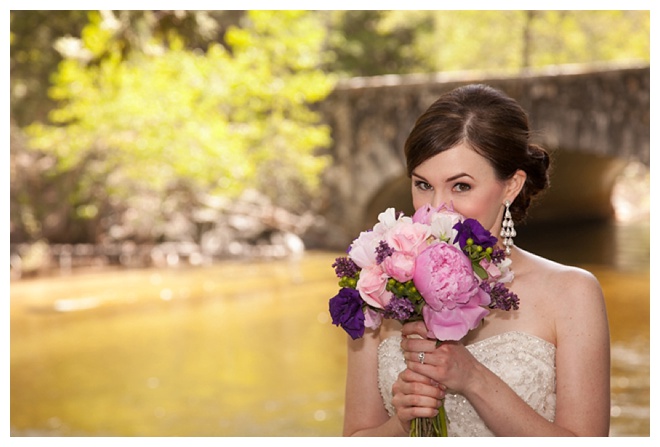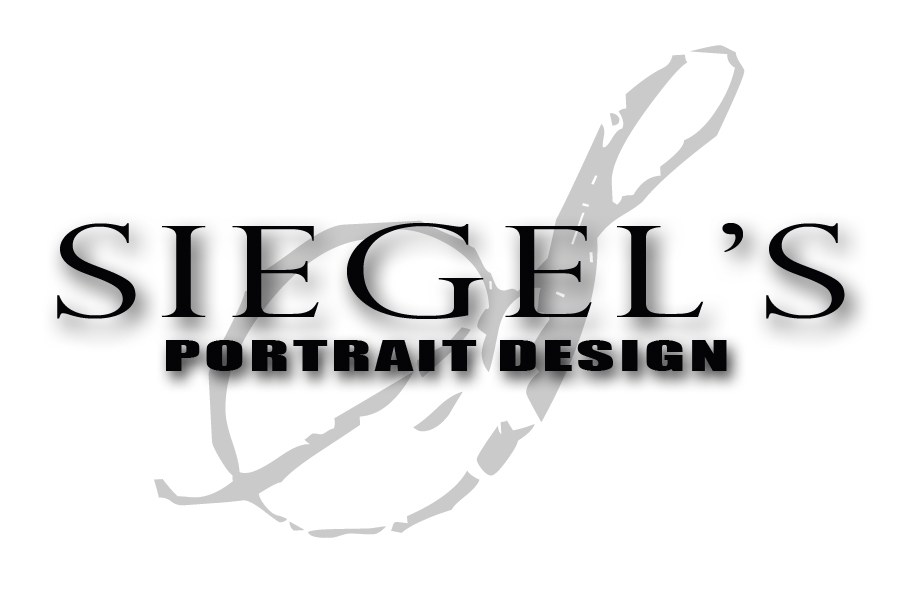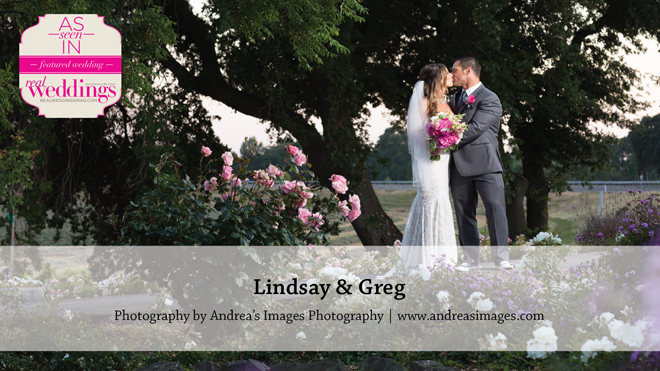Can you imagine trying to plan a wedding in the days before Google? What a nightmare! It’s possible you knew someone who was thrilled with every vendor they used in their marriage, and you just took their advice and booked the same vendors. If not, you were doomed to search through something called “The Yellow Pages,” trying to hunt down the best option for flowers, entertainment and pictures.
Today, couples planning a marriage have the opposite problem. Your choice of florist, DJ, photographer, and caterer is, seemingly, endless. Where do you start?
Let’s talk about your choice of photographer. In the last three or four years, the number of photographers has more than doubled. I typed “wedding photographer Sacramento” in the Google search box and got 1,410,000 hits! Obviously, not all of those entries are photographers, but it gives you some idea of how daunting the task can be.
So how do you narrow down the list — let alone find the perfect one for your wedding? Here are some steps you can take that will make the job a little easier and less stressful.
The first step is to decide what kind of photography you want. Generally, there are three kinds of wedding photographers: (1) Those who take a lot of formal, fashion forward photographs, with extra lighting and a lot of Photoshop work afterwards. Some of the images produced by the more accomplished photographers in this genre are absolutely stunning. The negative side to this style is that it takes a lot of time to get it right and, often, the environment is a major factor in the final production of the image. (2) The other major type of photography is called by various names: “wedding photojournalism”; “documentary”; or, “reportage.” This style is characterized by a hands-off approach, the photographer taking the action as it occurs without very much direction. They typically render many of the final images in black and white. The amazingly dramatic images will come from natural light and in the course of events, not staged or set up by the photographer. (3) A third type of photography blends the two styles.
Most all photographers lean toward one type of photography, but will include some images that are of the other type. For example, wedding photojournalist will still take a few posed pictures of the bride and groom, families and wedding party. But the bulk of the images (as many as 70-80%) from the wedding will be natural and not directed by the photographer.
Unfortunately, you can’t just base your choice on what photographers say about themselves.
You have to look at their Web site, but more: ask to see at least two full weddings. Most photographers post their weddings online; they should be willing to give you a password so you can look at an entire body of work.
Second, and just as important, you want someone with adequate experience; so after looking at the galleries to determine whether the photographer is the style you want, go directly to the “about me” page. There should be some mention of the years they have been in business and the approximate number of weddings they have photographed. There are lots of talented new photographers, but this is the most important photography day of your life, so you don’t want to leave it to chance. I’m sure there are a lot of talented surgeons, but I’d rather not be the 9th or 10th patient they have operated on. I’d rather be the 200th. Of course, experience is not the only factor, but this should help you narrow your list down significantly.
Third, ask about their approach. This is different than question number one (“what kind of photography you want”), but closely related. “Approach” is about how the photographer covers the wedding and the how that will affect the type of images you get (photojournalistic vs. posed/staged). Some couples want the photographer to take a more assertive approach. They want her to direct nearly every action, tell them where to stand and how to look. She may even sit or stand in the front row during the ceremony and the couple will be fine with that (as long as the officiant is okay with it).
At the other end of the spectrum, some couples prefer a photographer who is the proverbial “fly on the wall.” They want the photographer to be unobtrusive and quiet, in the background. Typically, these photographers spend the lion’s share of their time looking for “moments”; the emotion that is expressed by the couple and guests and are not noticeable at all. It’s critical that you clarify the photographer’s approach prior to the wedding. You do not want to be surprised.
Fourth, ask about the steps they take to make sure nothing goes wrong and that you get all the images from the day. Do they have backup equipment? How do they handle the media cards during and after the wedding? Do they back up the images right away? Are all the images from the wedding on one or two cards, or do they use smaller cards, to spread the risk? Is there a second photographer shooting the critical moments?
Fifth, do they offer a complimentary engagement session? Engagement sessions are extremely valuable, not just because of the images that you receive from it, but because it gives you and the photographer an opportunity to work together. The photographer will “go to school” while working with you and learn about your tendencies when in front of the camera (e.g., do you blink a lot?). The bonus is, you’ll also have some nice informal photographs to display at the wedding or put into a wedding guest signing book.
There are many other questions you can and should ask any photographer you’re considering. But these will get you started and help you to narrow down your list of contenders. Remember, after the wedding, all you will have are those images.
Article by David Posey © Lexigraphics Photography. Lexigraphics Photography is a contributor to and advertising partner of Real Weddings Magazine.
David Posey, Lexigraphics Photography
916-505-2846
david@lexigraphics.com


